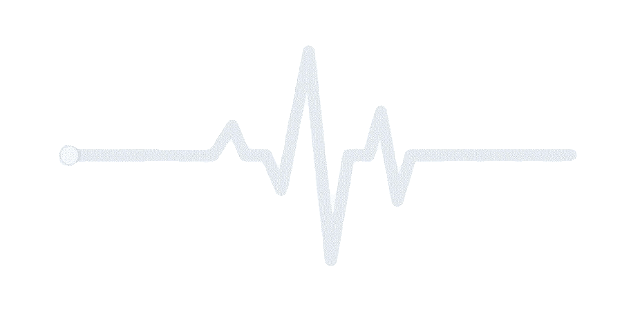Minimally and Microsurgical
Minimally Invasive Liver Transplantation

- Home
- Liver Transplant Services
- Minimally Invasive and Microsurgical Procedures
Pioneering Minimally Invasive and Microsurgical Liver Transplantation
At King’s Liver Transplant Centre of Excellence, we are leading the way in transforming how liver transplants are performed in the UAE. As a proud extension of King’s College Hospital London, our Dubai-based centre delivers globally recognized expertise in Minimally Invasive Liver Transplantation and Microsurgical Procedures—offering patients safer, faster, and more precise care than ever before.
What is Minimally Invasive Liver Transplantation?
Minimally Invasive Liver Transplantation is a surgical technique that replaces open incisions with small, precise entry points. Using laparoscopic and robotic tools, our surgeons perform liver transplants and liver resections with high precision and minimal trauma.

Key Advantages:
- Shorter hospital stay and faster recovery
- Reduced postoperative pain and complications
- Minimal scarring and quicker return to daily life
- Lower risk of infection and blood loss
This patient-first approach makes complex liver surgeries more tolerable—especially for living liver donors, who benefit significantly from minimally invasive methods.
Liver Transplant Services
- Liver Transplantation
- Paediatric Liver Transplant
- Living Donor Transplant
- Split Cadaveric Liver Transplants
- Reduced-Size Liver Transplants
- Monsosegment liver transplant
- Auxiliary liver transplantation
- Minimally Invasive and Microsurgical Procedures
- Hepaticobiliary surgery
- Cadaver liver transplants(deceased doner liver transplants)

Expertise in Minimally Invasive Surgery for Liver
At King’s Liver Transplant Centre of Excellence, our core specialties in Minimally Invasive Liver Surgery include:
- Laparoscopic Donor Hepatectomy
- Robotic-Assisted Living Donor Liver Transplant
- Minimally Invasive Hepatobiliary Tumor Resection
- Microsurgical Biliary Reconstruction
- Laparoscopic Management of Liver Cysts and Abscesses
Our dedicated HPB (Hepato-Pancreato-Biliary) team ensures every patient benefits from an individualized, tech-enhanced treatment plan.
The Future Is Robotic
How Robotic Technology is Revolutionizing Liver Surgery
At King’s Liver Transplant Centre of Excellence, we redefine what’s possible in liver transplant care. Our integration of advanced robotic-assisted minimally invasive surgery delivers precision beyond the limits of the human hand—empowering our surgical team with tools designed for superior outcomes.
We’re utilizing robotic technologies that provide:
| 10x Magnified 3D Vision: Enabling unmatched clarity and detailed visualization of liver anatomy during surgery. | 360° Instrument Articulation: Allowing surgical instruments to mimic the human wrist with full rotational flexibility, ideal for complex anatomical dissections.
| Sub-Millimeter Precision: Reducing tissue trauma and enhancing surgical accuracy, especially critical in delicate transplant procedures.
|
These capabilities significantly minimize blood loss, shorten recovery time, and reduce postoperative complications, all while maintaining high levels of safety and control.
Why Choose King’s Liver Transplant Centre of Excellence?
- Global Experts in Minimally Invasive Surgery and Microsurgical procedures
- State-of-the-art infrastructure in the UAE
- Proven outcomes with reduced complications
- Multidisciplinary transplant team & 24/7 care
- Patient and Donor safety first
- 95 %+ success rate
- Trusted by patients worldwide
Discover the Future of Liver Surgery
From Minimally Invasive Surgery for Liver to advanced Microsurgical Transplants, King’s Liver Transplant Centre of Excellence is where innovation meets compassion.
Frequently Asked Questions (FAQs)
Unlike traditional open surgery, minimally invasive methods use small incisions and robotic tools to perform complex procedures with greater precision, reduced trauma, and faster recovery.
Yes. Robotic liver transplantation is a well-researched and rapidly advancing field, especially safe for living donors and ideal for complex cases requiring extreme precision.
Ideal candidates include living liver donors, patients with localized liver disease, or those seeking less invasive recovery. Every case is carefully evaluated by our transplant board.
Many patients experience significantly faster recovery, often returning to light activity within 2–3 weeks post-surgery, depending on the procedure.
You call our patient care team to schedule a liver transplant assessment with one of our specialists.

